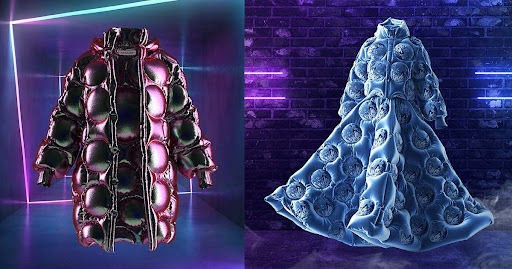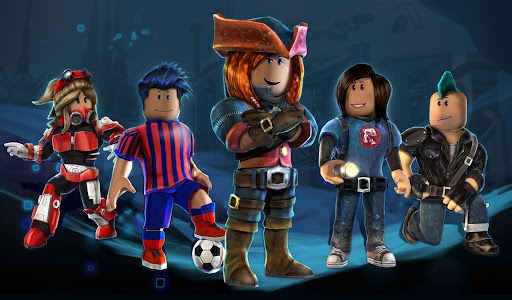
This can be evident from the example of Decentraland (a game company). When an announcement was made offering users to make and sell their own clothing for avatars to wear on the site.
At that time Hiroto Kai stayed up all night to design Japanese-inspired garments.
What happened was, by selling Kimonos for around $140 (€119) each, he was able to make $15,000-$20,000 (€12,715-16,954) in three weeks.
Well, many are baffled by the idea of spending money on clothing that even does not exist. But if we talk about the virtual world of video games, these sales are drawing huge money. This is the reason why Hiroto Kai quit his regular job at a music store and became a full-time designer.
The increasing popularity of NFTs
If we talk about Decentraland Non-Fungible Token or what we generally call NFT, it is a part of data stored on a digital account known as the blockchain. It is one of its kind and can be sold for real money.
It became popular recently when people from the crypto marketplace or the world of cryptocurrency started buying possessions that only exist in the virtual world. These possessions include digital art or land in an online game. Even Crypto payments are made on a huge basis. It has given rise to a new crypto ecosystem.
It also draws the attention of some of the world’s biggest fashion companies. They were actually looking to develop online fashion into a real part of the fashion industry. This can be evident from Louis Vuitton who launched a game where people can collect NFTs. Burberry has started creating products for a game named Blankos Block Party that is owned by Mythical Games.
Not only this, even Gucci makes an entry by selling clothes for avatars within the game Roblox
Apart from this, even Miami-based fashion model, Imani McEwan has commented “Your Avatar represents you”. “Basically what you are wearing is what makes you who you are”. Imani McEwan has spent $15,000-16,000 (€12,715- 13,653) on 70 NFT wearable items since January. This all has been done using profit that has been earned using cryptocurrency investments.
An alternative to fast fashion:- If we talk about the size of the NFT wearables market, it is difficult to establish. But if we consider Decentraland alone, the sales volume in the first half of the year 2021 reached $750,000 (€635,787). If we consider the same period as last year it was only limited to $267,000 (€226,340). 
Some proponents even believe that wearables and shopping in virtual shops can be the future of retail. Even Julia Schwartz (Director of Republic Realm, a virtual real estate investment vehicle worth $10 million (€8.48 million) ) said "Instead of scrolling through a feed and shopping online, you can have a more immersive brand experience by exploring a virtual space - whether you are shopping for your online avatar or buying physical products that can be shipped to your door"
Moreover, for NFT enthusiasts, online fashion can not replace physical purchases. But if we go with Paula Sello and Alissa Auibekova (co-founders of digital fashion start-up, Auroboros) it can be an environmentally friendly alternative to fast fashion.

You can send an image of yourself to Auroboros and have clothing digitally added for £60 (€70) to £1,000 (€1,175).
Sello further argued that the virtual concept is capable enough of limiting the waste of consumers buying clothes on social media. Citation of 2018 Barclaycard study that states 9% of British shoppers have bought clothes for social media, photos, but were returned.
Sello also added, "We need to have the shift now in fashion. The industry simply cannot continue".
There is a virtual sneaker company named RTFKT. It sells limited-edition NFTs representing sneakers. These sneakers can be worn in some virtual worlds or on social media by using a Snapchat filter.
The company has been successfully able to make $7 million (€5.9 million) of sales. This sale is made by selling limited-edition sneakers in an auction for $10,000-$60,000 (€8,477-50,863). If we talk about customers, they were in their 20s and 30s. Some were even as young as 15 years.
Conclusion:
This is an era of the virtual world where people want to try all that they were not able to do in the real world. It doesn't matter how much money it takes, they are ready to pay. NFT clothes are one of them that are in trend. This provides users an opportunity to make an entry into the virtual world and that too without any fear of being standing apart.